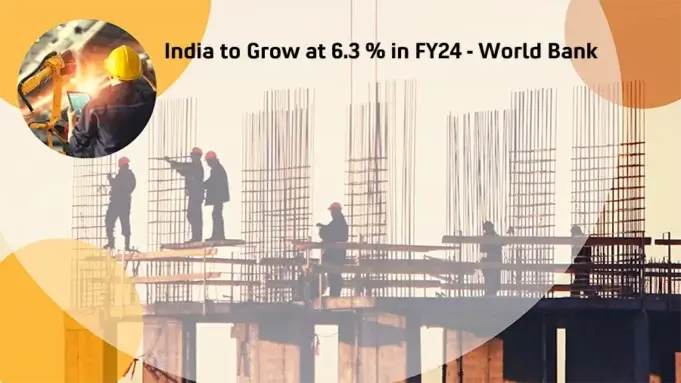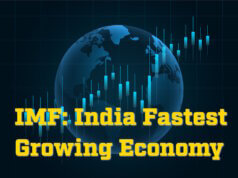Boosted by investments and firming up domestic demand, the Indian economy is set to achieve a growth rate of 6.3 percent in the current fiscal year, according to a recent announcement by the World Bank on 3 October 2023. Despite the challenges posed by the global economic landscape, India’s resilience continues to shine. This positive outlook is part of the findings presented in the India Development Update report by the World Bank. The report underscores that India, as the dominant player in the South Asia region, is expected to sustain robust growth at 6.3 percent throughout 2023-24.
Regarding inflation, the report anticipates a gradual decrease as food prices normalise and government initiatives enhance the supply of essential commodities. South Asia as a whole is projected to achieve a growth rate of 5.8 percent this year, surpassing other developing regions worldwide. However, this pace, while commendable, falls short of the pre-pandemic growth rates and the region’s development targets.
Compared to earlier projections, the World Bank has revised the 2023 growth forecast upward by 0.2 percentage points due to India’s stronger-than-expected economic performance. Martin Raiser, Vice President of the South Asia Region at the World Bank, described South Asia as a bright spot in the global economy and predicted faster growth for the region compared to other developing areas in the coming years.
In terms of monetary policy, the World Bank noted that the impact of tightening monetary policies on domestic demand, especially investment, is expected to peak in the near future. However, India’s resilience is expected to mitigate the effects of declining global demand and rising interest rates. Factors contributing to this resilience include India’s low external debt and the robust financial and corporate sectors.
While merchandise exports are expected to slow due to sluggish foreign demand, this decline is anticipated to be offset by services exports. India’s growth story for the first half of 2023 has been fueled by an expansion in investment and sustained strength in the services sector. Government infrastructure projects have played a pivotal role in bolstering the construction sector, which has consistently grown at approximately 10 percent year-over-year. Additionally, the country’s export growth has been underpinned by robust exports of services, particularly in information technology and consulting, which have remained relatively unaffected by the global economic slowdown.











